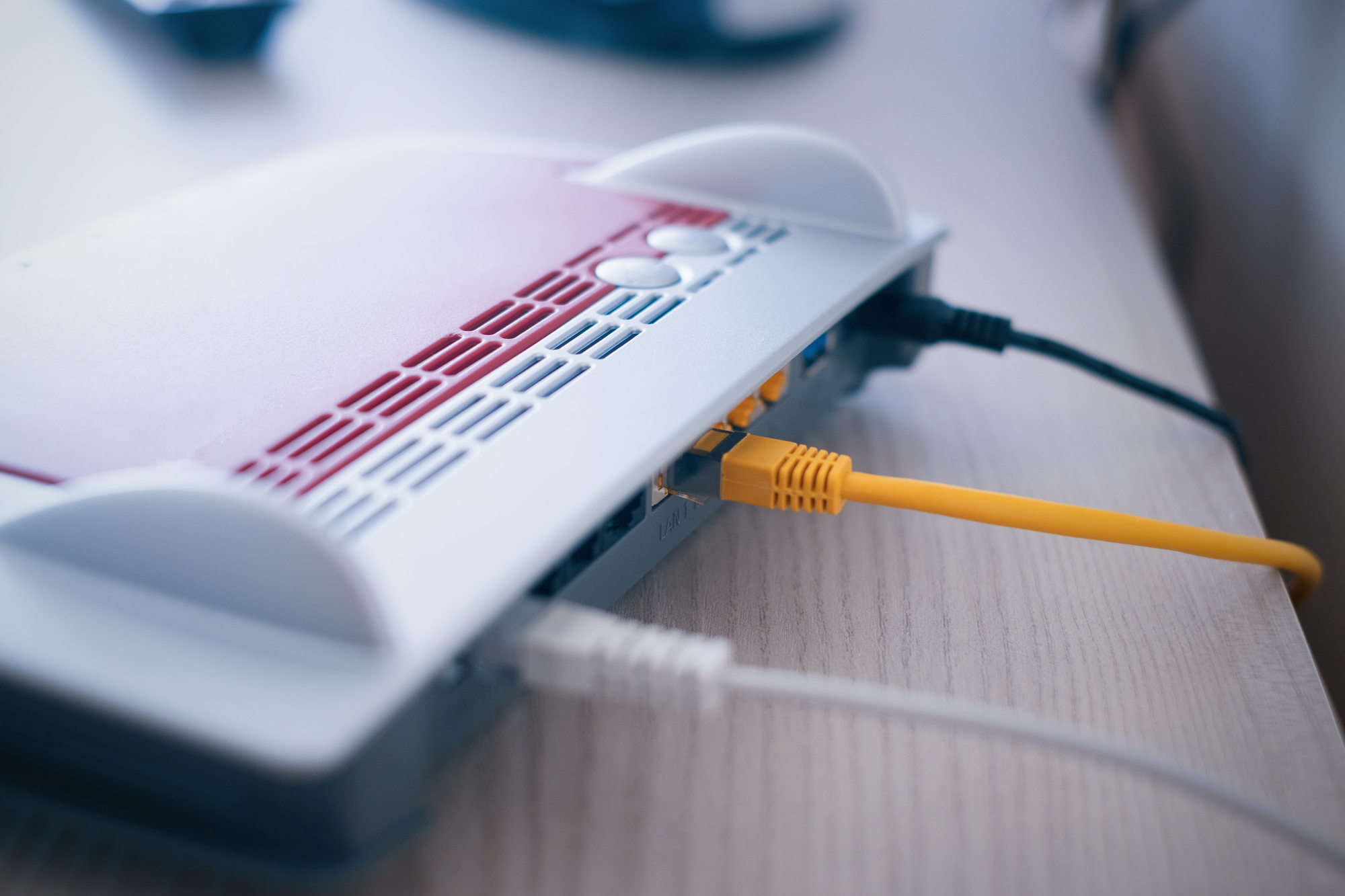Full Fibre business broadband is quickly becoming the choice for new broadband connections thanks to its fast speeds and ever-increasing availability.
Standard ADSL remains the only option for those living and working in areas where fibre has not yet been enabled – these tend to be the more rural places.
BT Openreach has confirmed its Ultrafast Full Fibre network has already covered 7 million premises, which is a quarter of a way to its target of 25 million by December 2026. So for businesses still waiting, it may be some time yet before you see the benefits of Full Fibre.
Here’s a look in more detail at Full Fibre and ADSL connections…
What is ADSL broadband?
ADSL is still regularly available and works using standard copper telephone lines. You might sometimes hear it being referred to as DSL, but the full acronym stands for Asymmetric Digital Subscriber Line.
Copper wires were intended for telephone calls, so they aren’t as efficient for carrying broadband signals. This means ADSL can be unreliable in terms of speed – what speed you get depends very much on the distance your office is from the telephone exchange.
There are two types of ADSL connections: ADSL and ADSL2+. ADSL broadband delivers speeds up to 8Mbps, while ADSL2+ delivers speeds up to 24Mbps. Though you aren’t likely to achieve these speeds unless you are directly next to the exchange!
It may be slower than Fibre, but the overall benefit of ADSL is the price. Standard ADSL is the more affordable option. However, it may not be worth the cost saving if it means having a really slow connection!
Although ADSL was considered advanced at the time, the technology is vastly outdated now, especially when going head-to-head against FTTP or Full Fibre.
Before Openreach committed to rolling out Full Fibre, ADSL accounted for around half of the UK’s broadband lines, though this number will decrease over the next few years. By 2025, traditional copper lines will be switched off to make way for Full Fibre, so if you can switch over, we recommend doing it now.
What is Fibre broadband?
Full fibre connections are a far better option especially for rural areas, as this service can achieve speeds as high as 1Gbps (1000Mbps) regardless of how far away you are from the exchange.
With this type of broadband, fibre optic wires run directly from the exchange all the way to your business premises. It’s direct fibre connection means it’s 10x faster than your average broadband.
Fibre is designed for the demands of modern businesses that need to stay connected no matter how many devices connect to it and can handle large files and bandwidth-hungry applications. A lot of businesses rely on cloud services like Office 365 and OneDrive. All this will benefit from fast upload speeds, as well as download speeds on a Full Fibre connection.
If you’re using a fibre connection, then you can expect your VoIP calls to be ultra-reliable. Why? Because of the way the broadband is built direct to your property, your connection is unlimited and unrestricted.
Full fibre business broadband may already be available in your area, and we can help you to find a better deal on your business broadband.
Book a call with our team here: https://www.onecom.co.uk/full-fibre-business-ethernet
